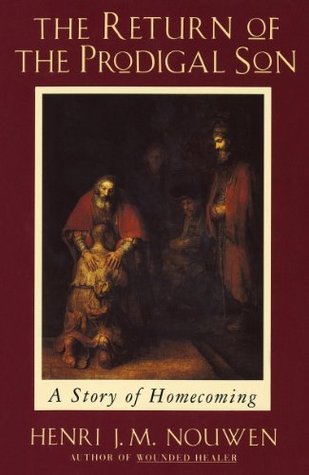Earlier in his life, Rembrandt had etched and drawn this event with all the dramatic movement it contains. But as he approached death, Rembrandt chose to portray a very still father who recognizes his son, not with the eyes of the body, but with the inner eye of his heart. It seems that the hands that touch the back of the returning son are the instruments of the father’s inner eye. The near-blind father sees far and wide. His seeing is an eternal seeing, a seeing that reaches out to all of humanity. It is a seeing that understands the lostness of women and men of all times and places, that
...more
Welcome back. Just a moment while we sign you in to your Goodreads account.


